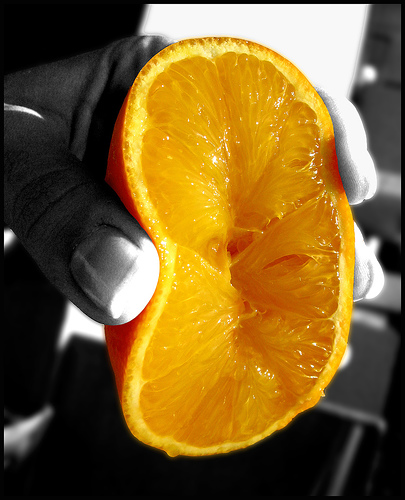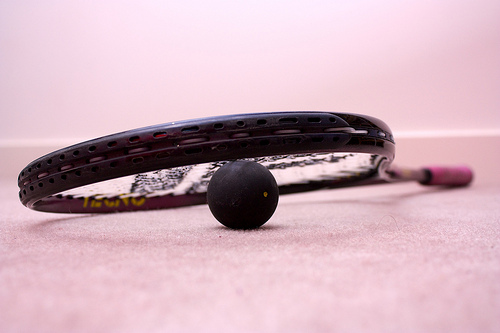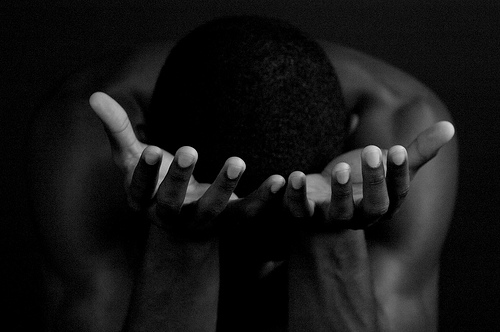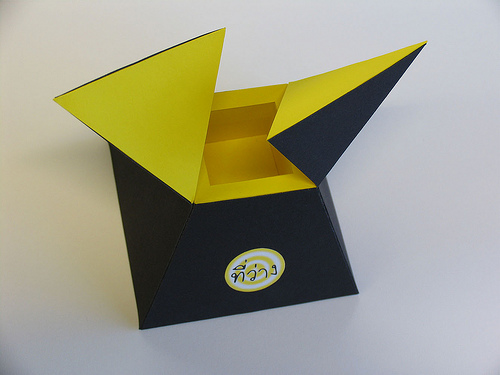This tutorial is on how to create a neat table in Word by combining knitr and R Markdown. I’ll be using my own function, htmlTable, from the Gmisc package.
Update: With the latest RStudio verions getting tables from R into Word is even easier, see my new post on the subject.
Background: Because most journals that I submit to want the documents in Word and not LaTeX, converting my output into Word is essential. I used to rely on converting LaTeX into Word but this was tricky, full of bugs and still needed tweaking at the end. With R Markdown and LibreOffice it’s actually rather smooth sailing, although I must admit that I’m disappointed at how bad Word handles html. Continue reading










